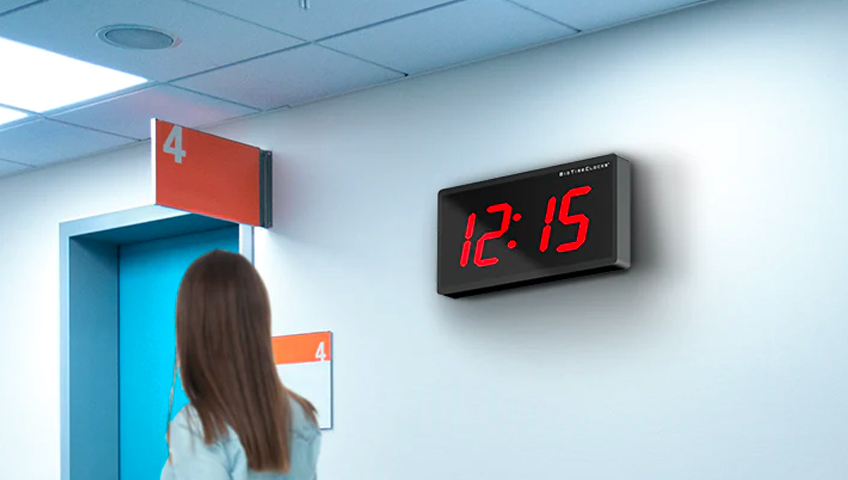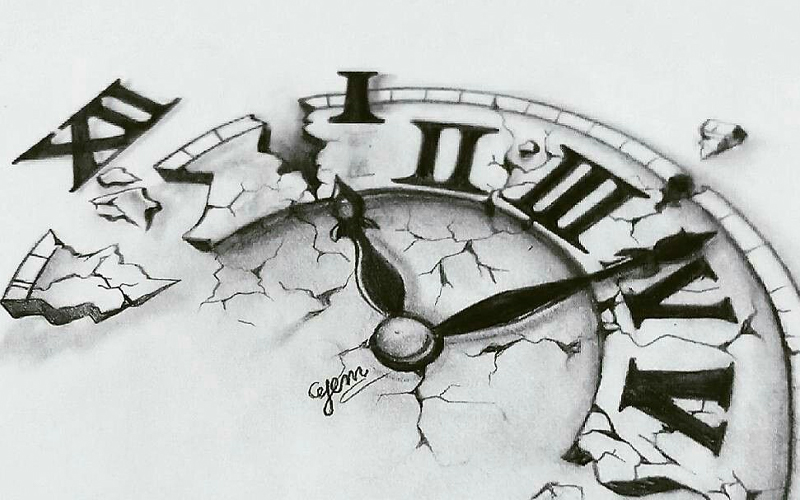French inventor Julien Coyne of Mojoptix has engineered a 3-D printed that numerically shows the time between 10 a.m. and 6 p.m. Whereas historically sundials have been utilized in historic occasions to forged a line or triangular shadow to point the hour, this one is designed in order that when gentle passes via it, it shows numbers that point out the time. Principally, it’s magical.
Coyne explains that the form of the sundial has been mathematically designed to solely let via solar rays at precisely the appropriate time and angle, permitting it to show the precise time with sunlit digits inside the sundial’s shadow. It’s even adjustable for Daylight Saving Time.
It’s unlikely that the digital sundial will make its manner into your native division retailer, although, and for now they’re accessible solely via the inventor’s Etsy store. “The swiss cheese contained in the sundial is so intricate, that you would be able to’t realistically use injection molding or another mass-production methodology,” the inventor wrote in a weblog publish. 3D printing appears really to be the one sensible option to construct this digital sundial.”
The Digital Sundial
The Digital Sundial is a modern and innovative take on the traditional sundial, combining ancient timekeeping principles with modern technology to create a unique and visually striking timepiece. Here are some key features and aspects of the Digital Sundial:
1. Design and Concept:
- The Digital Sundial is designed to display the time digitally, using sunlight and shadows. It incorporates a series of precisely angled and spaced “digital” openings that allow sunlight to pass through and form numerical shadows on a surface.
2. Time Display:
- The sunlight passing through the openings creates shadows that resemble digital numerals, effectively displaying the current time in a format similar to a digital clock.
3. Precision and Calibration:
- The design of the Digital Sundial requires precision in the placement and angles of its components. Calibration is crucial to ensure accurate timekeeping, and adjustments may be needed based on the location and time of year.
4. Material and Construction:
- Digital Sundials can be constructed using various materials, including 3D-printed materials, metals, or other materials suitable for outdoor use.
5. Sunlight Dependency:
- As with traditional sundials, the Digital Sundial relies on sunlight to cast shadows. Therefore, it is most effective during daylight hours and requires an outdoor location where it can receive direct sunlight.
6. Artistic and Decorative:
- Beyond its functional aspect, the Digital Sundial is often appreciated for its artistic and decorative qualities. The interplay of light and shadows creates a visually interesting display.
7. Customization:
- Some Digital Sundials may offer customization options, allowing users to choose different designs or sizes based on their preferences.
8. Educational Tool:
- The Digital Sundial serves as an educational tool, demonstrating principles of timekeeping, geometry, and the Earth’s rotation around the sun.
9. DIY Projects:
- Some enthusiasts have created their own DIY versions of the Digital Sundial, experimenting with designs and materials.
10. Availability:
- While Digital Sundials are not as common as traditional sundials, they can be found through specialty retailers, online platforms, or as part of art installations.
The Digital Sundial is a modern and creative interpretation of timekeeping that blends technology, design, and the simplicity of a sundial. It’s a testament to the timeless appeal of using sunlight to measure and display time in an innovative way.





